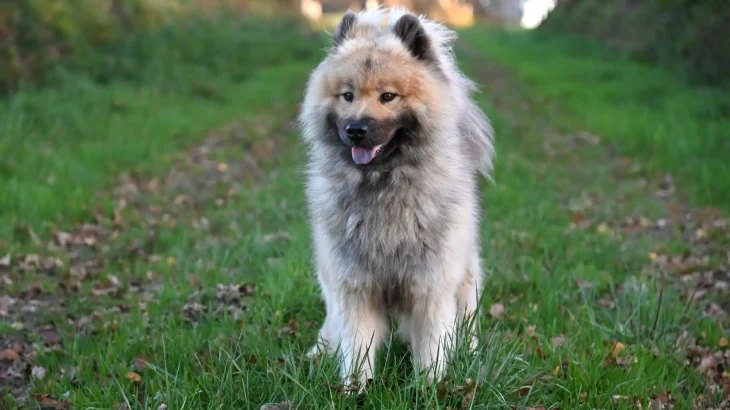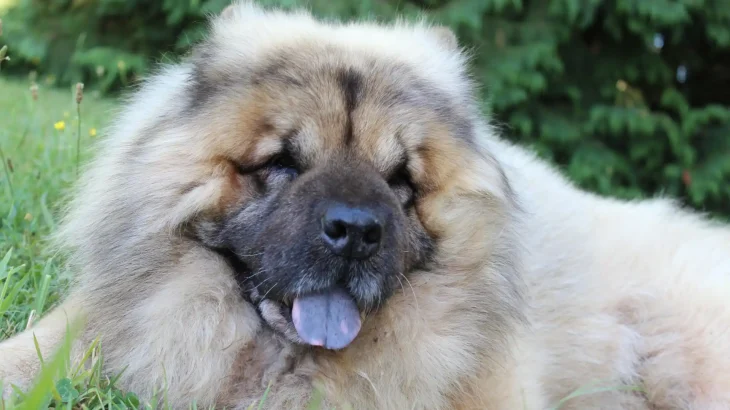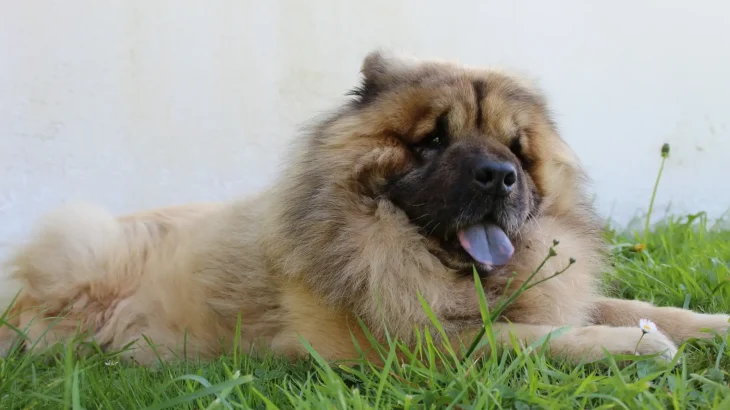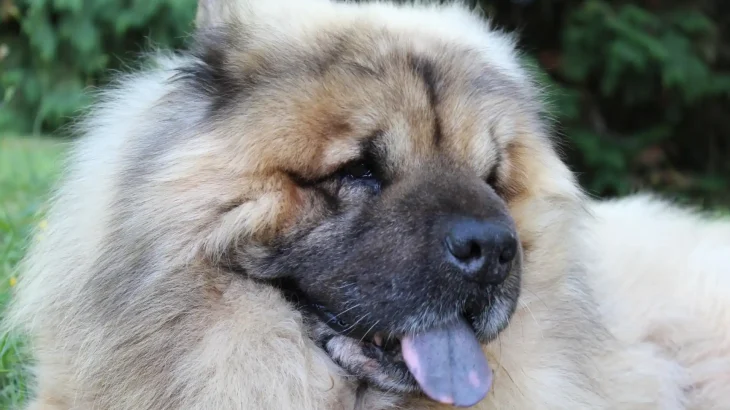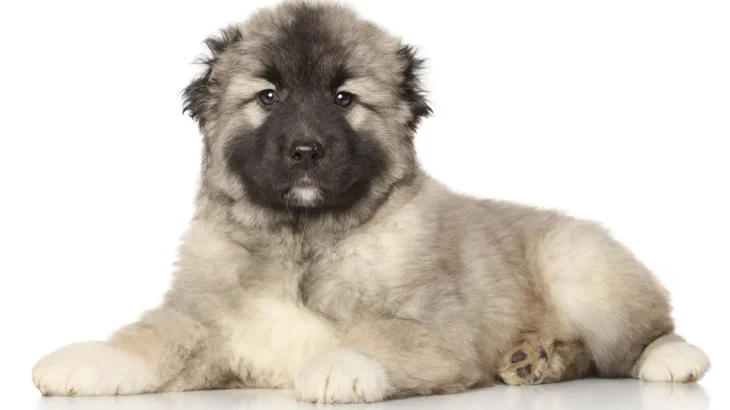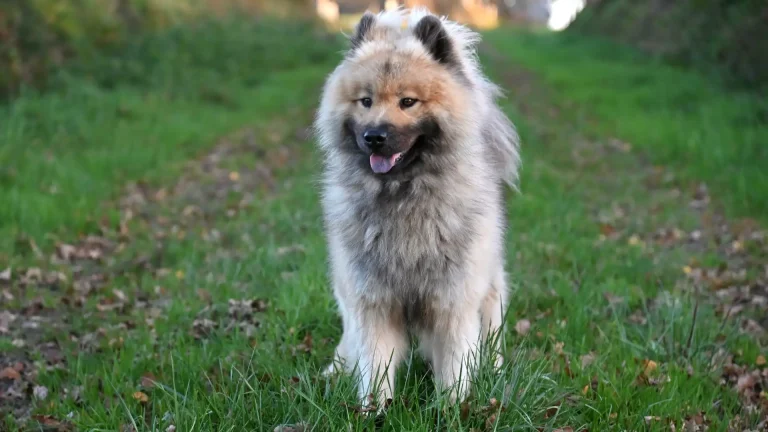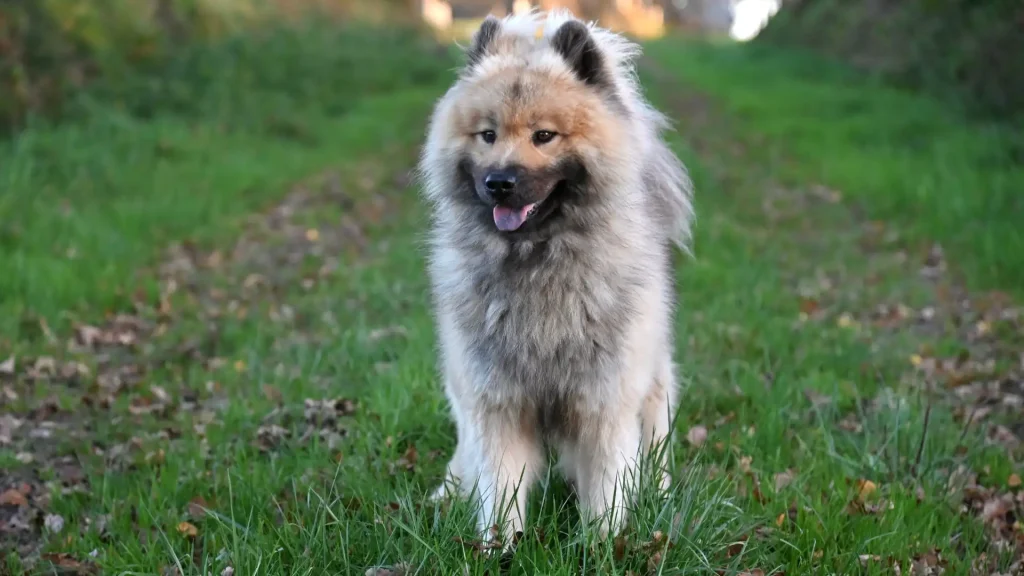When deciding to bring a Eurasier puppy into your home, the choice between adopting and purchasing from a breeder often comes down to factors like cost, health assurance, and the age at which you want your dog. Purchasing from a breeder typically provides a clearer view of the puppy's health history and pedigree, while adoption can be a more affordable and compassionate option that supports animal welfare.
Adoption vs. Breeder: Pros & Cons
| Criteria | Buying from Breeder | Adopting from Shelter/Rescue |
|---|---|---|
| Cost | Higher initial cost; often covers pedigree and health screenings. | Lower adoption fees usually include vaccinations, spaying/neutering, and microchipping. |
| Health History | Detailed health records and genetic screening usually provided. | Health history may be limited; shelters perform basic health checks. |
| Age Availability | Primarily puppies, allowing early-age training. | Variety of ages available; puppies rarer in shelters. |
| Temperament Insight | Breeders provide info on lineage and typical temperament. | Shelter staff share observed behaviors; full background often unavailable. |
| Supporting Practices | Supports selective breeding; choose ethical breeders. | Supports animal welfare; provides homes and reduces shelter populations. |
| Breed Purity & Pedigree | Ensures purebred lineage with documented pedigree. | Breed purity uncertain; some Eurasiers may be mixed or less documented. |

